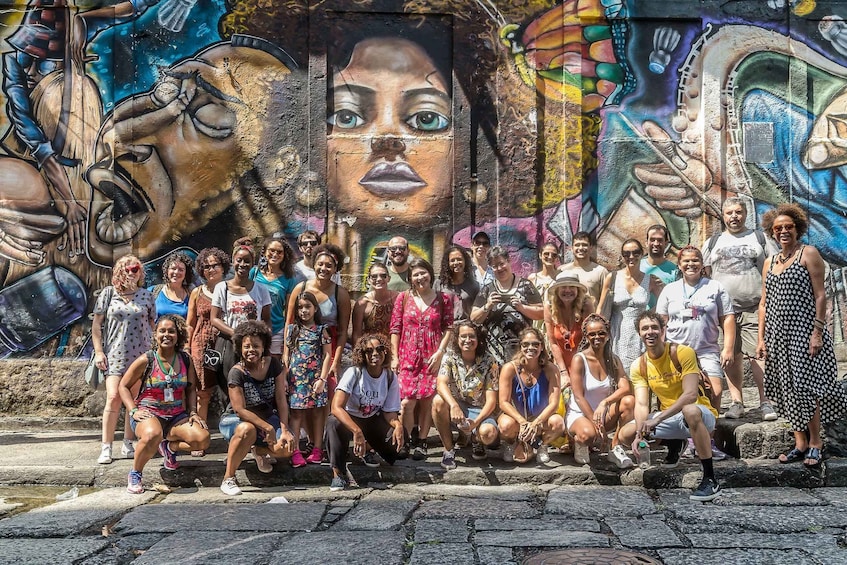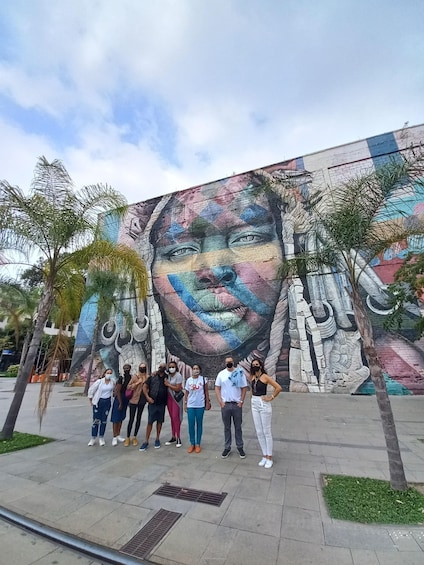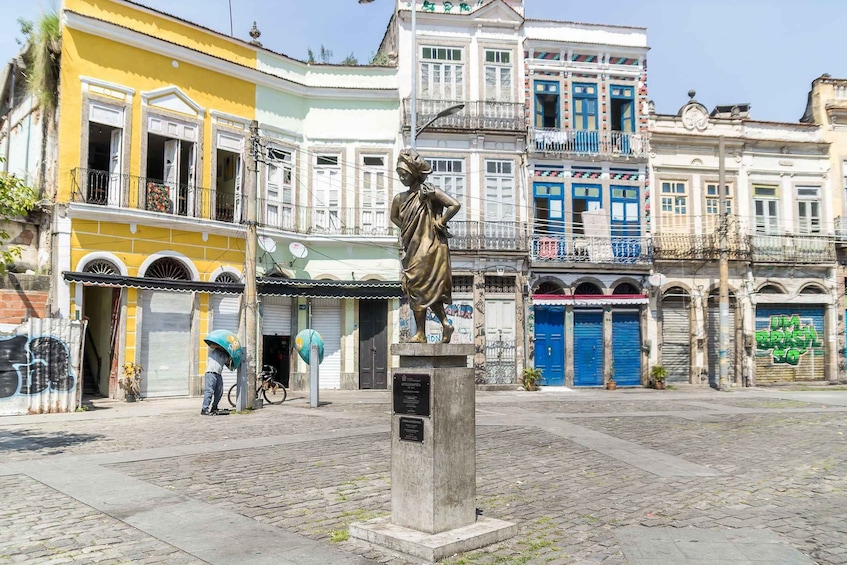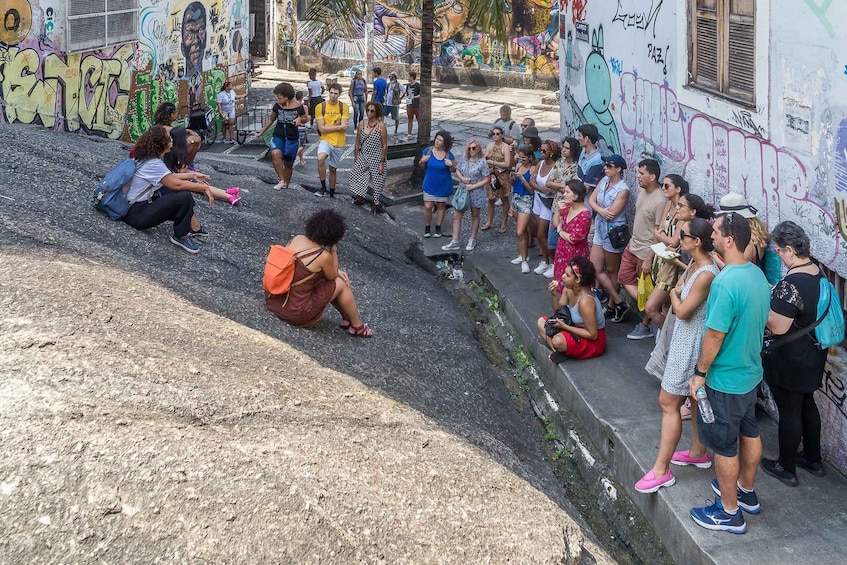Meet your guide in front of the Rio Art Museum. Start the tour by learning about the history of Brazil during the colonial period. This introduction is important to better understand the tour and everything that will be covered along the way.
Areas in the port region of Rio de Janeiro came to be known as Little Africa at the turn of the 20th century. After the slave trade became illegal in Brazil, freed slaves remained working in the area.
During a brief explanation you can admire the view of Mauá Square and Guanabara Bay from the rooftop of the Rio Art Museum. You will then explore Largo da Prainha to learn about the African influence in Brazilian gastronomy.
See the statue erected in honour of Mercedes Baptista, the forerunner of Afro dance in Brazil, and the first black dancer at the Municipal Theatre in Rio de Janeiro.
Next, stop in front of Pedra do Sal, considered the place where samba was born. This area is the oldest continuously-inhabited black area in the country.
Last, visit the Jardim Suspenso do Valongo (Hanging Garden of Valongo) ending at the Valongo.




